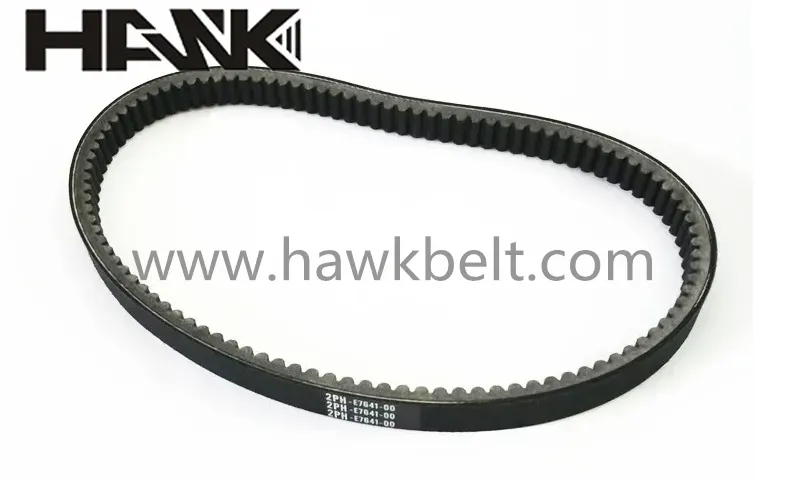- Arabic
- French
- Russian
- Spanish
- Portuguese
- Turkish
- Armenian
- English
- Albanian
- Amharic
- Azerbaijani
- Basque
- Belarusian
- Bengali
- Bosnian
- Bulgarian
- Catalan
- Cebuano
- Corsican
- Croatian
- Czech
- Danish
- Dutch
- Afrikaans
- Esperanto
- Estonian
- Finnish
- Frisian
- Galician
- Georgian
- German
- Greek
- Gujarati
- Haitian Creole
- hausa
- hawaiian
- Hebrew
- Hindi
- Miao
- Hungarian
- Icelandic
- igbo
- Indonesian
- irish
- Italian
- Japanese
- Javanese
- Kannada
- kazakh
- Khmer
- Rwandese
- Korean
- Kurdish
- Kyrgyz
- Lao
- Latin
- Latvian
- Lithuanian
- Luxembourgish
- Macedonian
- Malgashi
- Malay
- Malayalam
- Maltese
- Maori
- Marathi
- Mongolian
- Myanmar
- Nepali
- Norwegian
- Norwegian
- Occitan
- Pashto
- Persian
- Polish
- Punjabi
- Romanian
- Samoan
- Scottish Gaelic
- Serbian
- Sesotho
- Shona
- Sindhi
- Sinhala
- Slovak
- Slovenian
- Somali
- Sundanese
- Swahili
- Swedish
- Tagalog
- Tajik
- Tamil
- Tatar
- Telugu
- Thai
- Turkmen
- Ukrainian
- Urdu
- Uighur
- Uzbek
- Vietnamese
- Welsh
- Bantu
- Yiddish
- Yoruba
- Zulu
Říj . 15, 2024 14:58 Back to list
Understanding the Importance of Timing Belt Pulleys in Engine Performance and Durability
The Importance of Timing Belt Pulleys in Automotive Engineering
In the vast world of automotive engineering, components such as engines and transmissions play crucial roles in vehicle performance. Among these components, the timing belt and its associated pulley system stand out for their vital function in ensuring that an engine runs smoothly and efficiently. This article explores the significance of timing belt pulleys, their design, function, and maintenance, as well as the implications of failure.
What is a Timing Belt and Timing Belt Pulley?
The timing belt is a crucial component within an engine, made typically from reinforced rubber that ensures precise synchronization between the crankshaft and the camshaft. This synchronization is essential for maintaining the timing of the engine’s valves, ensuring they open and close at the correct intervals as the engine cycles through its operation. The belt engages with timing belt pulleys attached to both the crankshaft and camshaft, aiding in the smooth transfer of power.
Timing belt pulleys are designed to have teeth or grooves that fit precisely with the timing belt. This design helps minimize slippage and ensures that the belt does not wander off during operation. The correct alignment and function of these pulleys are paramount, as they directly influence the engine's performance. If the timing belt and pulleys are misaligned or worn out, it can lead to catastrophic engine failure.
The Function of Timing Belt Pulleys
The primary function of timing belt pulleys is to transmit motion and rotate the camshaft in perfect time with the crankshaft. The crankshaft converts the linear motion of the pistons into rotational motion, while the camshaft controls the opening and closing of the engine's valves. The timing belt transfers this rotation between the two shafts, with the pulleys acting as vital connection points.
timing belt pulley

In addition to simply coordinating the timing of these components, timing belt pulleys can also contribute to the overall efficiency of the engine. By ensuring that the valves open and close at the precise moment, the engine can achieve optimal combustion. This efficiency directly affects the vehicle's power output and fuel economy, making the functionality of these components critical for both performance and cost-effectiveness.
Maintenance and Replacement
The longevity of a timing belt and its pulleys is heavily influenced by regular maintenance. Manufacturers typically recommend replacing the timing belt at specific intervals — often around 60,000 to 100,000 miles — depending on the vehicle’s make and model. Failing to adhere to these guidelines can result in severe engine damage, as a broken timing belt can cause the camshaft and crankshaft to become misaligned, leading to the pistons striking the valves.
Alongside the timing belt replacement, it is also advisable to inspect and, if necessary, replace the timing belt pulleys. Over time, pulleys can wear down due to friction, heat, and stress, which can compromise their performance. Replacement pulleys often come with a tensioner as well, which helps maintain the correct tension on the belt, further ensuring the system's integrity.
Signs of Timing Belt Pulley Problems
It is essential for vehicle owners to be aware of signs that could indicate an issue with the timing belt or its pulleys. Common symptoms may include unusual noises coming from the engine, such as squealing or grinding sounds, which may suggest misalignment or wear. Additionally, engine performance issues like misfiring or stalling could point toward timing problems.
In conclusion, timing belt pulleys serve an irreplaceable role in the functioning of an automobile's engine. Their importance cannot be overstated, as they are integral to synchronizing the engine’s critical components. Regular maintenance and timely replacement can help avoid potentially devastating engine failures. Understanding the role of these components allows vehicle owners to appreciate the engineering that goes into automotive design and the importance of caring for these essential parts.
-
Variable Belt Drive AI Optimized for Efficiency
NewsAug.05,2025
-
High-Quality Tensioner Belt Pulley - Durable & Efficient
NewsAug.03,2025
-
Premium Timing Belt Factory | AI-Optimized Solutions
NewsAug.02,2025
-
Heat Joining Drive Belt | High-Durability Fusion Solution
NewsJul.31,2025
-
Timing Belt Video Guide: Selection, Design & Quality Insights
NewsJul.30,2025
-
High-Performance Variable Speed V Belt Drive for Efficient Power Transmission
NewsJul.30,2025

